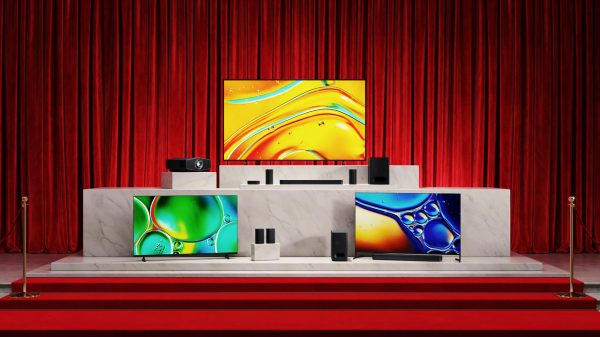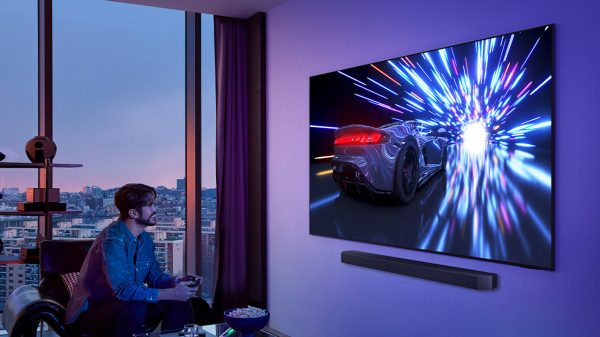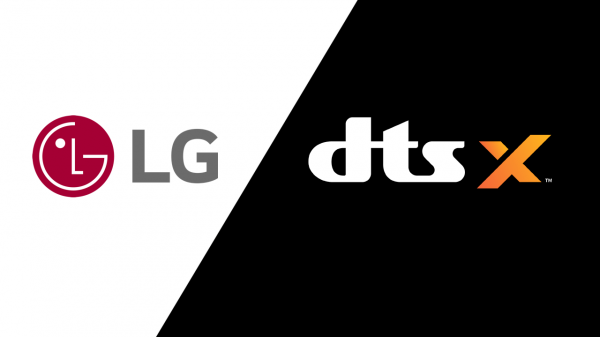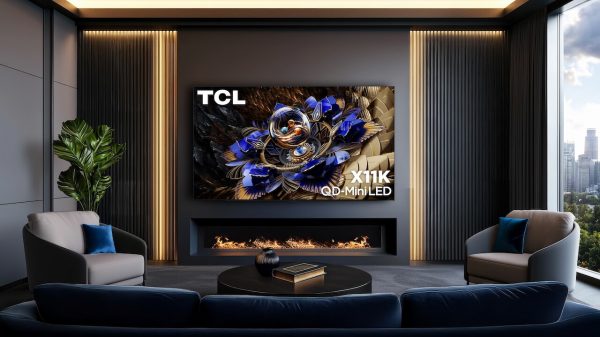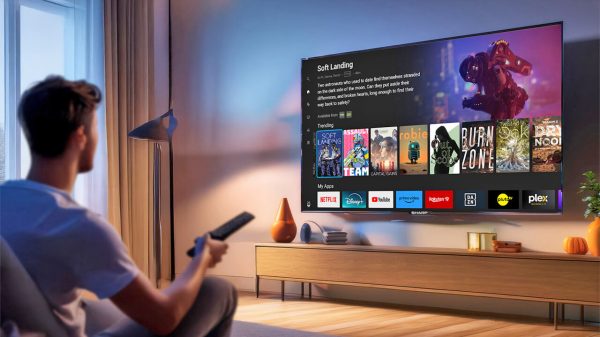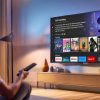If consumers were not confused enough by the myriad of TV options, they now have to consider a NanoCell TV.
One problem with LCD TVs is there are a lot of variations, which include the following and their marketing labels:
“LED TVs” are LCD TVs that use LED backlighting.
“Mini-LED TVs” are LCD TVs that also use LED backlighting, but the LED light bulbs are much smaller, providing more precise control of the light passing through the pixels. This limits wanted effects such as white halos around bright objects against dark backgrounds as well as deeper blacks in dark areas of a displayed image.
A “QLED TV” or “Neo QLED TV” is an LCD TV with LED or Mini-LED backlights plus a layer of Quantum Dots to improve color. The main companies that make QLED TVs are Samsung and TCL, but others such as Vizio and Amazon offer some models as well.
If you tap on “LED TVs”, “Mini-LED TVs”, and Quantum Dots in the paragraphs above, you will be taken to our companion articles that discuss each of the above LCD TV types in more detail.

In this article we discuss additional, but related LCD TV variations that are made and marketed exclusively by LG Electronics (in addition to their line of OLED TVs). These variations are labeled “NanoCell”, “QNED”, and “QNED Mini-LED” TVs.
LG NanoCell Tech Basics
To get started, LG doesn’t provide a lot of publically available technical details, but here are the basics. A “NanoCell TV” is an LCD TV with LED backlighting but with an extra layer of nanoparticles (aka NanoCells). The nanoparticles are one-nanometer in size. Their purpose is to filter out color impurities that may still be present after the LCD panel’s polarizers and color filters do their job. The goal is to provide a more natural, lifelike color, for displayed images.
NanoCell and IPS
In combination with the NanoCell layer, these TVs also incorporate an IPS (In-Plane Switching) LCD panel. This type of LCD panel provides a wider viewing angle than the VA (Vertical Alignment) panels used in that most LCD-based TVs. IPS panels limit the amount of color and contrast fading when viewing off-center the screen. However, the downside is that IPS doesn’t provide black levels that are as deep as many LCD TVs that use VA panels. Check out technical details on IPS and VA Panel technology.
NanoCell and Quantum Dots (QNED)

LG also markets a variation of its NanoCell TVs referred to as “QNED” TV. These sets add a Quantum Dot layer between the backlight and NanoCell layers, in combination with an IPS LCD panel to display the images. This boosts color accuracy further in addition to the Nanacell layer.

My Take: Incorporating both Quantum Dot and NanoCell tech into the same TV seems to be redundant as Quantum Dots are designed to emit pure color, so further refinement by NanoCells may not be really necessary, but that is LG’s decision.
NanoCell and Mini-LED (aka Mini-LED QNED)

LG also provides a variation of its “QNED” models referred to as “QNED Mini-LED TVs”. In addition to the Quantum Dot and NanoCell players, a Mini-LED backlight is included that provides more precise control of bright and dark areas of the screen as explained in more detail in our companion article: WTF is Mini-LED?
LG QNED and Mini-LED QNED Product Page
Tip: LG “QNED” and “QNED Mini-LED” should not be confused with a technology being considered for use that is also labeled “QNED” (aka Quantum Nanorod Emitting Diode). This is explained in more detail in our WTF are Quantum Dots? article. Obviously, marketing label confusion could ensue if this technology becomes available.
Related Reading




















